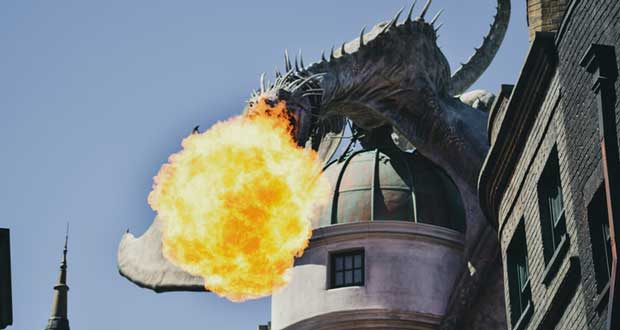Dinosaurs are cool, but what about ancient mammals? We’ve seen the famous ones on the big screen, so I’m going to skip straight to the really odd (and usually huge) prehistoric mammals that deserve some attention.
1. Thalassocnus

Thalassocnus was a giant sloth from the Miocene and Pliocene ages in South America. You may already know about the coolness of giant sloths from the Ice Age movies, but this sloth spent most of its time foraging for food in the ocean, and developed several marine adaptations to breathe and swim more efficiently. Speaking of cool sloths, Megatherium was also a giant ground sloth … the size of an elephant.
2. Glyptodon

Besides having a cool name, this thing is cool for its protective armor. Glptodont looks a lot like other armored animals which have evolved in the past, notably turtles and Ankylosaurs, but it’s just a coincidence — this one is definitely a mammal. It was basically an enormous armadillo that lived during the Pleistocene, and by “enormous” I actually mean “the size and weight of a small car”. The first fossils may have been discovered by Charles Darwin himself, and the name of the animal means “grooved tooth”.
3. Diprotodon

Basically a giant wombat, Diprotodon is the largest marsupial ever known. It existed in the Pleistocene epoch and was roughly the size of a hippo. These guys (or at least their bones) may have been the real-life source of stories about the man-eating cryptid known as a “bunyip”. Cave paintings by aboriginal Australians may show human art based on Diprotodon, and aborigines have in the past identified Diprotodon bones as belonging to bunyips. We believe many of them died during a long period of drought, and that they may have appeared to physically resemble a strange kind of hornless rhino.
4. Gigantopithecus
Probably closer to orangutans than to other existing apes (but still human enough to be super creepy), the Gigantopithecus blacki was the largest known hominid and probably was roaming around eastern Asia until about 100,000 years ago. They were up to 10 feet tall and weighed as much as 1,300 pounds … truly, giants once walked our Earth. Evidence suggests that they lived on Earth at the same time as early Homo sapiens as well as H. erectus. It’s hard to imagine what early humans must have thought when they encountered such a massive man-like thing … it must have been terrifying. Unfortunately, we haven’t been able to find as many of their bones as we’d like; it seems like many of them were dragged away and gnawed on for their calcium, possibly by giant prehistoric porcupines.
5. Horned gophers

Yep, there used to be gophers with horns, known as Ceratogaulus. Scientists aren’t sure what the horns were even for, as they’re the only rodent known to have ever had any, and the smallest known horned mammals. Our best guess is they used the horns for defense against predators; they don’t seem to be in a good position to use them for digging tunnels. It’s also possible that they were grown as a mating display or so that they could fight with each other, but the evidence we have doesn’t really support that idea either — apparently they couldn’t see that well, and the males and females both have the horns.










